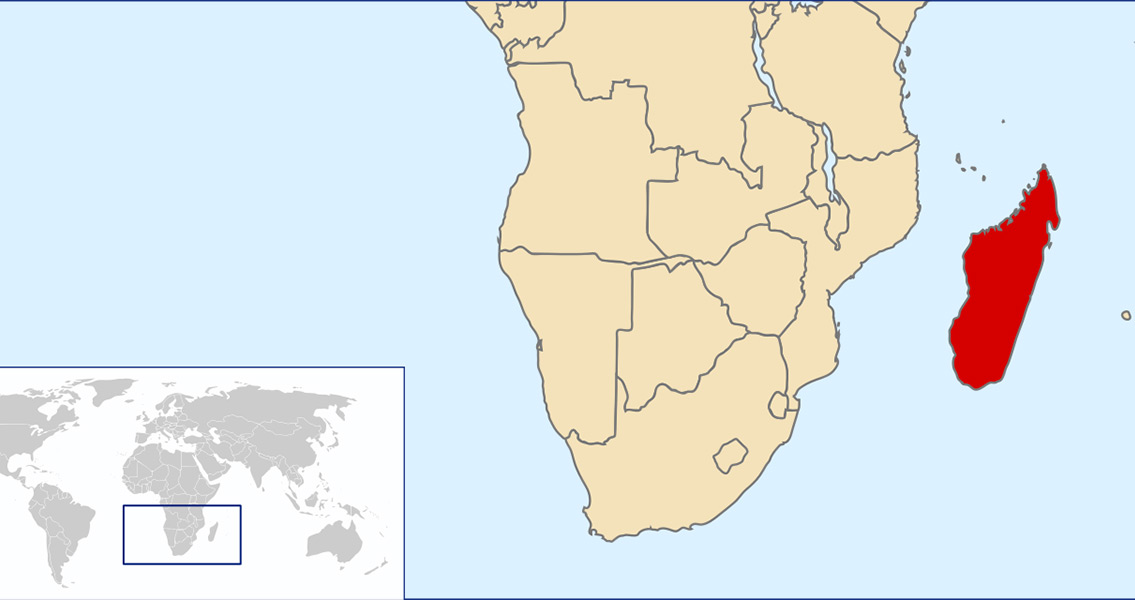<![CDATA[New research into the impetus behind the widespread loss of forestland in Madagascar around 1,000 years in the past suggests it was due to human intervention in the form of setting fires. A team of scientists from both UMass Amherst and MIT joined together in order to investigate the origins of the events that led to such widespread destruction. Theories abounded prior to the research, including a natural disaster or some sort of natural climate change, but a careful study of a pair of stalagmites sourced from a cave in the northwest corner of the island revealed the truth of the matter: it was the hand of man, not an act of God, that was ultimately responsible for the massive deforestation. An expedition mounted in 2014 to Madagascar’s Anjohibe Cave system yielded a pair of two meter-long stalagmite samples that were sent back to MIT for detailed study. There, researchers subjected the stalagmites to isotopic analysis; comparing the amount and type of calcium carbonate found within both stalagmites revealed a drastic, complete and sudden change in composition around 1,000 years in the past. Where originally the carbon isotopes in the stalagmites were in line with the kinds of ratios present when shrubs and trees grow on the surface, a new isotope ratio that was consistent with grasslands replaced the former over the geologically short course of just a century. The researchers were able to categorically rule out climate change as the culprit based on further study. Both of the stalagmites bore no evidence of any change in their oxygen isotope levels, which indicates that not only did rainfall rates remain largely the same, but the climate as well by extension. This was counter to what the team was expecting to find, said MIT professor David McGee; in a recent press release from the university. The scientist said he and his team were fully expecting to find evidence of climate change causing the destruction of the forests, but with such a massive change in carbon isotopes over such a short period of time, and with no true signal that the climate changed, the data suggests the work of humanity – most likely human settlers clearing forest land to provide grazing for cattle. McGee added that analyzing stalagmites can provide highly precise records when it comes to the study of environmental changes, though it might seem counter-intuitive to think that underground stone formations would be able to reflect the conditions on the surface. However, since stalagmites are in essence deposits of fossilized groundwater that accumulate in layers at a regular pace, the MIT professor says that using them to study climate and ecosystem changes can yield rather detailed records. The research study, recently published in the journal Quaternary Science Reviews, is available here ]]>
Human Settlers Caused Destruction of Madagascar Forests
